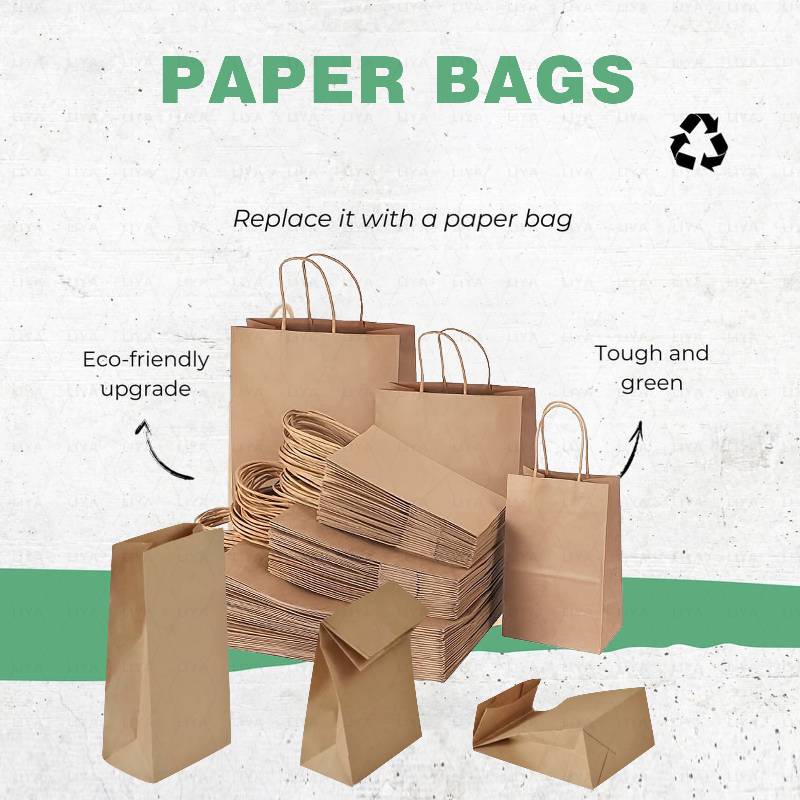The Environmental Impact and Sustainability of Disposable Paper Drinking Cups in Modern Society
The Rise of Drinking Paper Cups A Sustainable Alternative for Modern Beverage Consumption
In our fast-paced world, convenience often takes precedence over sustainability. The increasing demand for single-use products has driven innovation in packaging, with drinking paper cups becoming a popular choice for beverages at cafes, restaurants, and events. Not only do these cups provide a practical solution for on-the-go consumption, but they also present a promising avenue towards reducing environmental impact when compared to traditional plastic or Styrofoam options.
Drinking paper cups are primarily made from paperboard, a renewable material sourced from trees. The production process involves coating the paper with a thin layer of polyethylene to make it leak-proof, allowing it to hold liquids without compromising strength. While this design enhances their functionality, there has been considerable debate surrounding the environmental implications of these cups, especially regarding their recyclability.
Historically, paper cups were often discarded in general waste due to their polyethylene lining, which made traditional recycling methods ineffective. However, advancements in technology have led to the development of biodegradable and compostable alternatives. These innovative cups are designed to break down more easily in the environment, which significantly mitigates their ecological footprint. Companies have started producing cups made from responsibly sourced materials like bamboo, sugarcane, and even recycled paper, striving to meet the growing consumer demand for eco-friendly products.
drinking paper cups

The popularity of drinking paper cups can also be attributed to a shift in consumer behavior. With an increasing awareness of environmental issues, more people are seeking sustainable options for their daily routines. Studies indicate that consumers are more likely to frequent establishments that prioritize environmentally responsible practices, including the use of sustainable packaging. This shift in mindset is pushing businesses to adopt green alternatives, including drinking paper cups, to appeal to eco-conscious customers.
Moreover, the versatility of drinking paper cups makes them suitable for a wide range of beverages, from hot coffee and tea to cold juices and smoothies. Manufacturers are continuously improving the design and insulation of these cups, ensuring that they maintain the temperature of the beverage while also being comfortable to hold. Innovations such as double-walled cups and integrated lids have enhanced user experience, making paper cups a preferred choice for both consumers and businesses.
Despite their numerous advantages, the transition to drinking paper cups is not without challenges. The production and transportation of these cups still require energy and resources, contributing to carbon emissions. Additionally, the single-use nature of these cups raises questions about long-term sustainability. While paper cups can be a step in the right direction, it is essential to consider alternatives such as reusable cups, which are even more eco-friendly and can significantly reduce waste over time.
In conclusion, drinking paper cups present a viable and sustainable alternative to traditional single-use options in our increasingly disposable society. As manufacturers innovate and consumers become more environmentally conscious, the demand for these cups will likely continue to grow. While they are a better option than plastic, there is still a need for a broader shift towards reusable solutions. By making informed choices and supporting businesses that prioritize sustainability, we can collectively contribute to a healthier planet while enjoying our favorite beverages in style.
-
The Best Uses for Small Trash Bags in Daily LifeNewsJul.01,2025
-
Stylish Reusable Grocery Bags TrendsNewsJul.01,2025
-
Shipping Advantages of Using Bubble Envelopes BulkNewsJul.01,2025
-
How Compostable Mailing Bags Reduce Environmental ImpactNewsJul.01,2025
-
Environmentally - Friendly Bulk Poly MailersNewsJul.01,2025
-
Eco Friendly Custom Laminated Tote BagsNewsJul.01,2025
-
Have the freedom of customizing your custom mailers any way you want! Our dedicated packaging support will help deliver you the mailing experience you need to elevate your shipping experience to the next level! Start making a strong impression on your customers and stand out from your competitors! -
LIYA uses high quality raw materials which directly purchased from large enterprises domestic and overseas such as PetroChina, Sinopec, Sabic, Equate, ExxonMobil, Dow Chemical, Total, and Borouge, ensuring the price advantage and quality of the raw materials. -
LIYA uses high quality raw materials which directly purchased from large enterprises domestic and overseas such as PetroChina, Sinopec, Sabic, Equate, ExxonMobil, Dow Chemical, Total, and Borouge, ensuring the price advantage and quality of the raw materials.
Warning: Undefined array key "ga-feild" in /home/www/wwwroot/HTML/www.exportstart.com/wp-content/plugins/accelerated-mobile-pages/templates/features.php on line 6714





